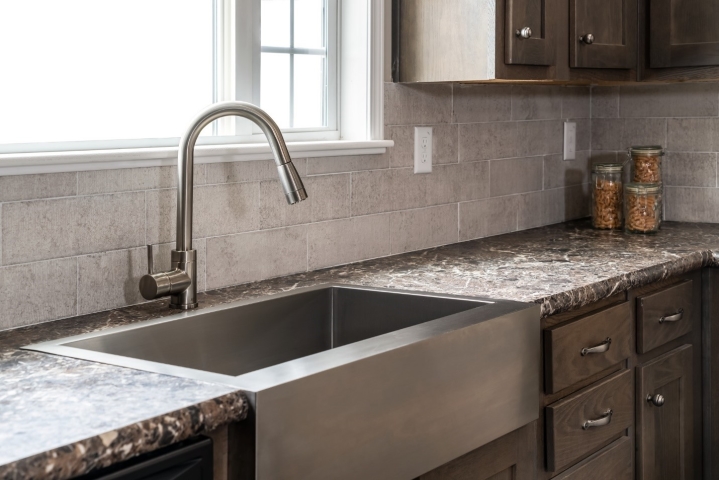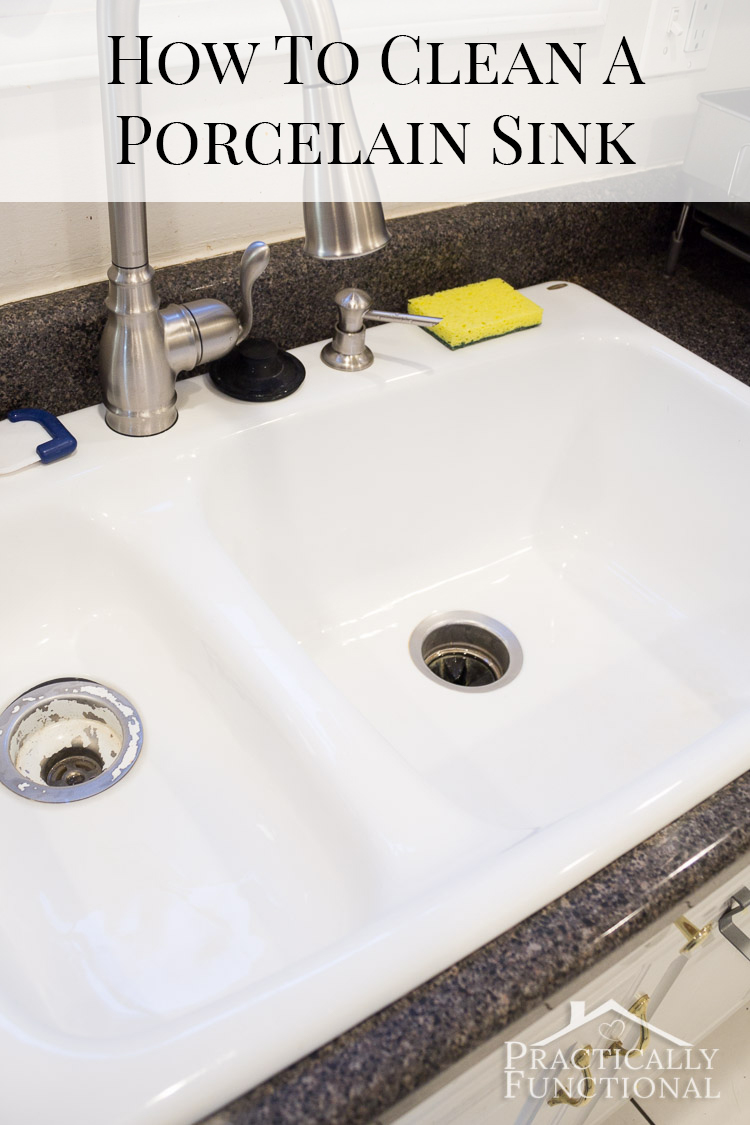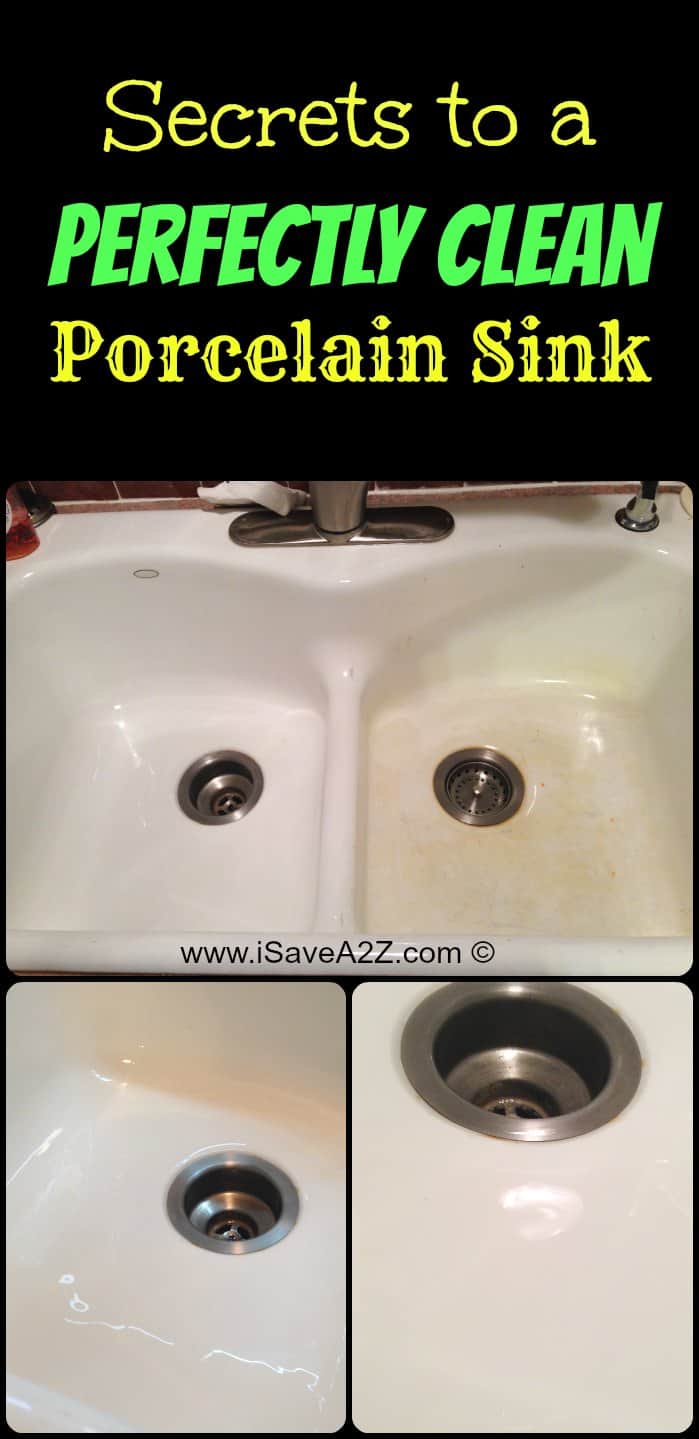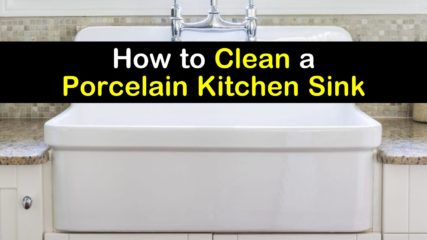Cleaning ceramic kitchen sinks can be a surprisingly satisfying task when done correctly, leaving your sink gleaming and your kitchen looking pristine. Over time, ceramic sinks can accumulate stains, water spots, and general grime, making regular cleaning essential to maintaining their bright, fresh appearance. I always start by gathering the right tools and cleaning products. You’ll want to have a non-abrasive sponge or cloth, a soft-bristled brush, and a good quality ceramic cleaner or a mild detergent. Avoid using harsh chemicals or abrasive pads, as these can damage the sink’s surface, causing scratches that can become magnets for dirt and stains.
I begin the cleaning process by rinsing the sink with warm water to remove any loose debris or food particles. This step is crucial as it prevents these particles from scratching the surface during scrubbing. Once the sink is rinsed, I apply a small amount of ceramic cleaner or mild detergent directly onto the sponge or cloth. It’s important to use a cleaner that’s specifically designed for ceramic surfaces to avoid any potential damage. I then gently scrub the entire surface of the sink, paying extra attention to areas with visible stains or buildup. For stubborn spots, I find that letting the cleaner sit for a few minutes before scrubbing can make a big difference.

After scrubbing, I rinse the sink thoroughly with warm water to remove all traces of the cleaner. This step ensures that no residue is left behind, which can dull the shine of the sink or attract more dirt. For an extra shine, I like to finish by wiping the sink dry with a soft, clean cloth. Drying the sink not only gives it a polished look but also helps prevent water spots and mineral deposits, especially if you have hard water. Regular drying is one of the simplest ways to keep a ceramic sink looking its best with minimal effort.
To tackle tough stains, like coffee or tea, I sometimes use a baking soda paste. I make a paste by mixing baking soda with a small amount of water until it reaches a toothpaste-like consistency. Then, I apply the paste to the stained areas and let it sit for about 10 minutes. Afterward, I gently scrub the area with a soft-bristled brush or sponge before rinsing thoroughly with warm water. Baking soda is a mild abrasive that helps lift stains without scratching the surface of the ceramic, making it an excellent choice for regular maintenance.

Another effective method for removing stains is using white vinegar. Vinegar’s natural acidity makes it great for breaking down mineral deposits and lifting stains. I usually soak a cloth in white vinegar and place it over the stained area, letting it sit for 10-15 minutes before scrubbing and rinsing. However, I’m careful not to let vinegar sit for too long on the ceramic, especially on colored or decorative sinks, as prolonged exposure can cause etching or dulling of the finish. Rinsing thoroughly afterward is crucial to prevent any potential damage.
For an all-natural cleaning routine, I sometimes use a combination of lemon juice and baking soda. Lemon juice’s acidity works similarly to vinegar, but with a fresher scent. I sprinkle baking soda onto the damp sink surface, then use a halved lemon to scrub the baking soda around. This combination not only cleans but also deodorizes the sink, leaving it smelling fresh and looking bright. After scrubbing, I make sure to rinse the sink thoroughly with warm water and dry it with a soft cloth to avoid any water spots.

Maintaining a ceramic sink isn’t just about regular cleaning; it’s also about preventing damage. I always recommend using a sink mat or a basin rack to protect the ceramic from heavy pots and pans that can cause chips or scratches. It’s also important to avoid leaving metal objects like cutlery or cans in the sink for extended periods, as these can rust and leave unsightly marks on the ceramic. If I do accidentally leave something metal in the sink, I make sure to remove it as soon as possible and clean the area immediately to prevent any potential staining.
If your ceramic sink has developed scratches or dull spots over time, there are products specifically designed to restore its shine. I like to use a ceramic polishing paste, which can help minimize the appearance of scratches and restore the sink’s original luster. Applying the paste with a soft cloth in small, circular motions, then buffing it out with a clean cloth, can make a noticeable difference. However, it’s important to follow the product instructions carefully to avoid any potential damage.
For those who prefer a more hands-off approach, I find that using a mild bleach solution can be effective for sanitizing and brightening the sink. I fill the sink with warm water and add a small amount of bleach, letting it sit for about 10 minutes. Afterward, I drain the sink and rinse it thoroughly with clean water. Bleach is effective for killing bacteria and removing stubborn stains, but I use it sparingly and always ensure the area is well-ventilated during the process.
In addition to regular cleaning, I like to perform a deep clean once a month. This involves more intensive scrubbing and the use of stronger cleaning agents if necessary. I pay close attention to the edges and corners of the sink, as these areas can accumulate grime and are often overlooked during routine cleaning. A toothbrush or small detailing brush can be particularly useful for getting into these tight spaces and ensuring the sink is thoroughly cleaned.

Maintaining the faucet and drain area is another important aspect of keeping a ceramic sink clean. Mineral deposits and soap scum can build up around these areas, leading to unsightly stains and potentially damaging the finish. I regularly clean around the faucet base with a soft cloth and a gentle cleaner, taking care to rinse and dry the area thoroughly afterward. For the drain, I use a mixture of baking soda and vinegar, letting it bubble up before flushing it with hot water to keep it clear and fresh.
It’s also important to consider the type of water you have in your home. Hard water can leave mineral deposits and cause staining on ceramic surfaces. If you live in an area with hard water, you might notice white or chalky spots on your sink over time. I combat this by regularly cleaning with vinegar or a descaling solution specifically designed for removing hard water deposits. Consistent maintenance can prevent these deposits from becoming too stubborn and difficult to remove.
Finally, I recommend being mindful of the types of cleaners you use around your ceramic sink. Harsh chemicals, such as those found in some drain cleaners or oven sprays, can damage the ceramic finish. If these chemicals do come into contact with the sink, it’s important to rinse the area immediately with plenty of water to prevent damage. Choosing mild, ceramic-safe cleaners will help maintain the sink’s appearance and longevity.
Keeping a ceramic kitchen sink clean requires regular attention and the right approach, but the results are worth it. A well-maintained sink can enhance the overall look of your kitchen, providing a clean and inviting space for cooking and entertaining. By following these steps and using the right tools and products, you can keep your ceramic sink looking like new for years to come.

How often should I clean my ceramic kitchen sink?
Regular cleaning is essential for maintaining the appearance and hygiene of a ceramic kitchen sink. I recommend wiping down the sink daily with a soft cloth or sponge to remove any food particles or debris. A more thorough cleaning should be done at least once a week, using a mild ceramic cleaner or detergent. For households with hard water, more frequent cleaning might be necessary to prevent mineral deposits.
What should I avoid when cleaning a ceramic kitchen sink?
When cleaning a ceramic kitchen sink, avoid using abrasive sponges, scouring pads, or harsh chemical cleaners. These can scratch the surface or dull the finish over time. It’s also best to avoid leaving metal objects in the sink for prolonged periods, as they can rust and stain the ceramic. Always rinse the sink thoroughly after using any cleaning products to ensure no residue is left behind.
Can I use bleach to clean my ceramic sink?
Yes, you can use bleach to clean a ceramic sink, but it should be used sparingly and with caution. A mild bleach solution can help disinfect and remove stubborn stains, but overuse can dull the finish of the ceramic. When using bleach, ensure the area is well-ventilated, and always rinse the sink thoroughly afterward to remove any remaining bleach residue.

How do I remove stubborn stains from my ceramic sink?
For stubborn stains, I recommend using a paste made of baking soda and water. Apply the paste to the stained area, let it sit for about 10 minutes, and then gently scrub with a soft-bristled brush or sponge before rinsing thoroughly. Vinegar or lemon juice can also be effective for lifting stains due to their natural acidity. For particularly tough stains, repeated treatments might be necessary.
Is it necessary to dry the sink after each use?
Yes, drying the sink after each use is a good practice. It helps prevent water spots and mineral deposits, especially in areas with hard water. I usually recommend wiping the sink dry with a soft, clean cloth after each use. This simple step can make a significant difference in maintaining the sink’s shine and preventing dullness over time.
What can I do if my ceramic sink has scratches?
If your ceramic sink has scratches, using a ceramic polishing paste can help minimize their appearance. Apply the paste with a soft cloth in small, circular motions, then buff it out with a clean cloth. While this can help restore some of the sink’s shine, deeper scratches might require professional repair or refinishing. To prevent future scratches, avoid using abrasive cleaners or placing heavy or sharp objects directly on the ceramic surface.

How to clean a Porcelain Sink

Home Simply Ceramic Sink Cleaner

Moldings and Thrifty decor chick

How To Clean A Porcelain Sink

Cheap Kitchen Units and Cabinets for Sale Online – Kitchen Warehouse

Matt Cream : Cheap Kitchen Units and Cabinets

Related Posts:
- How To Replace Kitchen Sink Cabinet Bottom
- Kitchen Sink Deck Plate
- Kitchen Sink Tap Replacement
- Double Drainer Kitchen Sinks Stainless Steel
- Pegasus Kitchen Sink Faucets
- Kitchen Sink Square Overflow
- What To Use To Unclog A Kitchen Sink
- Japanese Style Kitchen Sink
- Kitchen Sink Assembly Diagram
- Best Kitchen Sink Unclogger